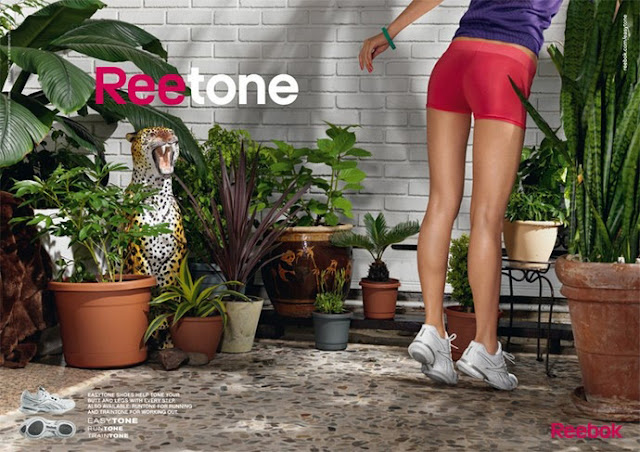So first of all, what is critical thinking? I found a good definition on criticalthinking.org from the National Council for Excellence in Critical Thinking:
"Critical thinking is the intellectually disciplined process of actively and skillfully conceptualizing, applying , analyzing, synthesizing, and/or evaluating information gathered from, or generated by, observation, experience, reflection, reasoning, or communication, as a guide to belief and action. In its exemplary form, it is based on universal intellectual values that transcend subject matter divisions: clarity, accuracy, precision, consistency, relevance, sound evidence, good reasons, depth, breadth, and fairness."
I think this is a very good definition. When I think about critical thinking, words like evaluating, analyzing and observing come to mind.
The website smallbusiness.chron.com has an article called, Examples of Using Critical Thinking to Make Decisions in the Workplace. You can check it out here. They had a small portion of the article dedicated to marketing, that I found very helpful and interesting:
Marketing
"The Critical Thinking Community attributes to Linda Elder a definition of critical thinking proposed in 2007. Elder states that critical thinking is "self-guided, self-disciplined thinking which attempts to reason at the highest level of quality in a fair-minded way. People who think critically consistently attempt to live rationally, reasonably, empathically." Fair-mindedness, complemented by rational decision-making in a reasonable manner that emulates empathy, is a characteristic any employer would be lucky to have in all of its employees.
Using Elder's definition of critical thinking, public relations, sales and marketing employees utilize their critical thinking skills in making decisions related to the public perception of the company and the company's products and services. For example, packaging a product that appeals to certain population groups based on stereotypical assumptions isn't generally a good marketing tactic. However, using marketing techniques that create widespread appeal, regardless of the target market's ethnicity, gender or other characteristics, can prove to be beneficial for the company and may result in the product being accessible to a broad range of customers. For example, a car advertisement that appeals predominantly to women buyers may need to avoid any stereotypical images to enable the product to appeal to a broader consumer base. Thus, marketing professionals must use critical thinking skills to examine their branding concept from a perspective that eliminates gender in advertising the car's features. For example, if the car is eco-friendly, that feature could serve as the advertisement's focus rather than gender."
I liked this article because not only did it define critical thinking but it gives examples of how critical thinking can and should be used. Very helpful for those in the advertising industry.
I found a video on youtube.com of a Critical Thinking class lecture by Dr. Sadler at Fayetteville State University. It is a very long video so I didn't watch the full lecture, but I watched the beginning and found it very interesting. He talked a lot about credibility in advertising, and how advertisements are failures of critical thinking but they still work and "hit your pocketbook." A very interesting way to put it. Check out the video below.
I want to end this post with a few advertisements that I thought were very creative and must have used some serious critical thinking to make them successful. I hope you enjoy!



























